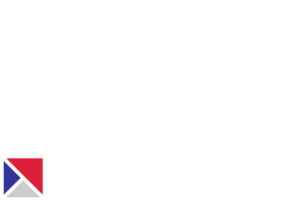A UK cleanroom conference addressing key drivers in the cleanroom industry
Wednesday 21 May 2025
Coffee, registration and meet the exhibitors
Tim Triggs, Consultant at Contamination Control/Air Technique International
Steve Ward, Compliance Specialist at T-squared
![]()
Nigel Lenegan, Executive Director at Energy and Carbon and Tom Stanway, ex-AstraZeneca

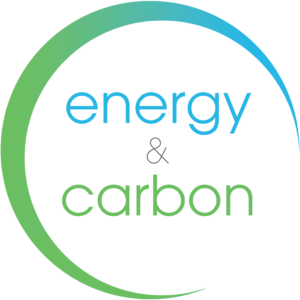
Abstract
In this session, we revisit studies conducted more than ten years ago on cleanroom optimisation. Next, we explore what has changed in pharma cleanroom design and what lessons remain relevant today. Nigel Lenegan will draw on his 30+ years of experience in GMP HVAC and ISO cleanroom standards. As a result, he will highlight technological advancements and practical improvements that continue to influence sustainability in cleanrooms. Finally, attendees will receive actionable takeaways for sustainable facility design, energy efficiency, and regulatory compliance in controlled environments.
Arthur Lettinga, Product Manager at Elis Cleanroom
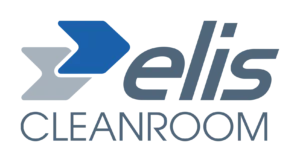
Abstract
Arthur Lettinga examines the critical role of sterilising cleanroom garments—especially in high-grade clean environments. He compares sterilisation methods including gamma irradiation, ethylene oxide, and autoclaving, and emphasises the importance of managing the full garment lifecycle. For example, he explains that sterilisation is only effective if the chain of handling, storage, and use is robust. Therefore, the session offers guidance on optimising garment handling protocols to reduce contamination risk.
Cecilia Pierobon, Technical Service Manager at STERIS

Abstract
Cecilia Pierobon discusses strategies for safe material and equipment transfer into cleanrooms, with reference to Annex 1 (EU GMP 2022). She outlines key design considerations and shares a detailed case study of a complex material transfer solution, highlighting lessons learned in process flow and contamination prevention. In addition, she compares different transfer design models and their trade-offs.
Jamie Kelly, Research and Development Project Leader & Marta Underwood, Cleanroom Textiles Group Product Manager at Micronclean

Abstract
Jamie Kelly and Marta Underwood explore Annex 1’s garment qualification requirements, focusing on reusable cleanroom systems. First, they explain how to carry out qualification studies to assess garment lifespan and performance. Then, they discuss testing methodologies that help balance garment longevity with protective integrity. The session provides actionable advice for facilities looking to align garment usage with both sustainability and regulatory standards.
Nataša Štirn, Managing Director at Klimer Štirn & Co. d.n.o. and Conor Murray, Principal Consultant & Contamination Control Expert at 3dimension

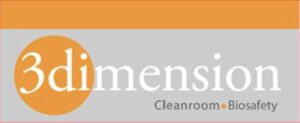
Abstract
This session examines how Novartis applied the Pharma 5.0 framework and digital twin technology to optimise airflow and energy usage in cleanrooms. As a result, the case study shows how reductions in air volume flow can be achieved without compromising product quality. The presenters also highlight the importance of Contamination Removal Efficiency (CRE) and Air Change Effectiveness (ACE) for maintaining air quality. Finally, they discuss how regulatory standards (ISO 14644-4 and -16) and sustainability goals can be aligned in cleanroom design.
Kirsten Heukelbach, Head of Farmacy, Hammersmith Medicines Research Ltd (HMR) and Matt Stubbs, UK & Europe Sales Manager at Envair Technology

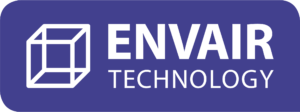
Abstract
Kirsten Heukelbach and Matt Stubbs provide a practical look at incorporating Environmental Monitoring Systems (EMS) into cleanroom isolators. The session addresses design considerations, regulatory criteria from Annex 1, and real-world implementation steps—from planning to installation. Moreover, they highlight how EMS tools help ensure environmental integrity and product safety, with real-time monitoring of particle, temperature, humidity, and microbial data.
Marc Mauro, International Sales Manager, PharmaMedia Dr.Müller GmbH
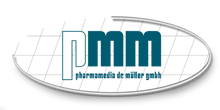
Abstract
Marc Mauro explores modern methods for automated interpretation of microbiological culture media. He compares traditional manual processes with newer rapid testing approaches and examines their relevance in environmental monitoring, sterility testing, and bioburden applications. Next, the session looks at productivity, safety, and regulatory compliance benefits when using automated readout systems in cleanroom monitoring.
Bonita Norris
At the end of Day 1, delegates are invited to test their cleanroom knowledge in a fun quiz while enjoying drinks and informal networking. Finally, this session offers an opportunity for attendees to connect, exchange ideas, and reflect on the day’s discussions.
Thursday 22 May 2025
Coffee, registration and meet the exhibitors
Steve Ward, Compliance Specialist at T-squared
Tim Triggs, Consultant at Contamination Control/Air Technique International

Abstract: Cleanroom Technology – Testing Requirements and Technician Certification
Tim Triggs (Consultant at Contamination Control / Air Technique International) covers core testing requirements and technician certification. In particular, he will explain airborne particle counting, airflow measurements, filter integrity tests, pressure differentials, and environmental monitoring. Finally, he highlights the role of technician training and CTCB-I certification for reliable testing programmes.
Steve Marnach, EMEA Training Manager & Specialist at DuPont
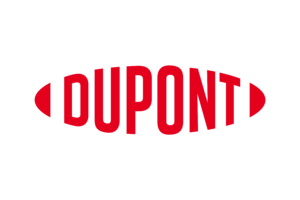
Abstract
Steve Marnach (EMEA Training Manager & Specialist, DuPont) reviews the Annex 1 changes and their effect on garment systems. First, he outlines QRM principles for including garments in your Contamination Control Strategy (CCS). Then, he discusses how to select and validate garment solutions under the new expectations.
Andrew Wert, Founder President, CertAir
![]()
Abstract
Andrew Wert (Founder President, CertAir) presents how robotics and AI improve certification reproducibility and traceability. For example, he will show use cases that demonstrate robotics raising measurement precision and enabling NIST-level traceability. In addition, he highlights vendor partnerships and tools that support near real-time airflow simulation and optimisation.
Matthias Angelmaier, Global Technology Partner at Pharma Plan

Abstract
Matthias Angelmaier (Global Technology Partner, Pharma Plan) reviews robotic solutions used in aseptic fill-finish. Next, he traces how robotic applications have evolved since the 1990s and outlines design and GMP considerations for RABS and isolator environments. Finally, he summarises remaining challenges and upcoming trends.
Jo Fabb, Senior Manager, Product Marketing at Ansell
![]()
Abstract
Jo Fabb (Senior Manager, Product Marketing, Ansell) compares surgical and cleanroom gloves and explains why surgical gloves are not suitable for cleanroom use. In addition, she reviews the pros and cons of reusable versus disposable garments and their effects on performance, sustainability, and operations.
Haşim Solmaz, President at ICCCS and General Manager at Lighthouse Worldwide Solutions

Abstract:
Haşim Solmaz (President, ICCCS / General Manager, Lighthouse Worldwide Solutions) outlines a risk-based approach to monitoring. The session will cover:
What Cleanroom Monitoring IS and IS NOT.
Cleanroom classification vs monitoring.
EMS vs BMS differences.
Key contamination control strategies, including sensor placement and proactive responses.
Regulatory expectations (ISO 14644, Annex 1, FDA) and case studies. Therefore, attendees will get practical steps to reduce contamination risks.
Jason Kelly, Applications Director at Lighthouse

Abstract:
Jason Kelly (Applications Director, Lighthouse) explains how Pharma 4.0 uses AI, IoT and automation to enable continuous manufacturing. In particular, he shows why environmental monitoring (EM) data must move from paper to real-time digital systems. As a result, facilities gain better decision-making, predictive maintenance, and stronger compliance for aseptic production.
Steve Ward, Compliance Specialist at T-squared


